Research
Metrisquare has been working on various research projects together with various top clinical institutes and universities, for many years. Among our references are Groningen University, Radboud University Nijmegen, Maastricht University and Ghent University. These research projects resulted in various scientific studies and publications, e.g.:
 |
Kessels R., Montagne B., Hendriks A., Perret D., De Haan E. (2013). Perception of morphed facial expressions: Norms for the Emotion Recognition Task (ERT) for ages 8-75. Journal of the International Neuropsychological Society, 19(Suppl. 1), 109. |
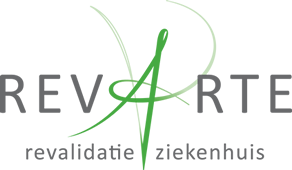 |
Desmet I. (2015) The RevArte Visual Search Task: a Pilot Study (Poster) |
 |
Vaes N., Lafosse C., Nys G., Schevernels H., Dereymaeker L., Oostra K., Hemelsoet D., Vingerhoets G. (2015) Capturing peripersonal spatial neglect: an electronic method to quantify visuospatial processes. |
 |
Desmet I., Lafosse C. (2015) The RevArte Visual Search Task: A Sensitive Computerized Visual Search Test Using Touch-Screen Technology (Master thesis) |
 |
Note E., Lafosse C. (2015) De sensitiviteit van de computerondersteunde RevArte Visual Search Task bij mild traumatisch hersenletsel (Master thesis) |
 |
Vaes N., Lafosse C., Hemelsoet D., Van Tichelt E., Oostra K., Vingerhoets G. (2015) Contraversive Neglect? A Modulation of Visuospatial Neglect in Association With Contraversive Pushing. |
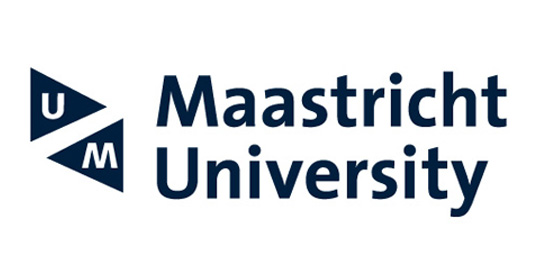 |
Schreurs S., Stapert S. In de Braek D. DiagnoseIS: A Computerized Form of Cognitive Testing at the Memory Clinic |
 |
Castien N., De Vroege L. A promising study on a Neuropsychological Screener. |
 |
Van Hoeijen J., Hendriks M., (2015). Digitalisering en Validering van de Color Word Interference Task |
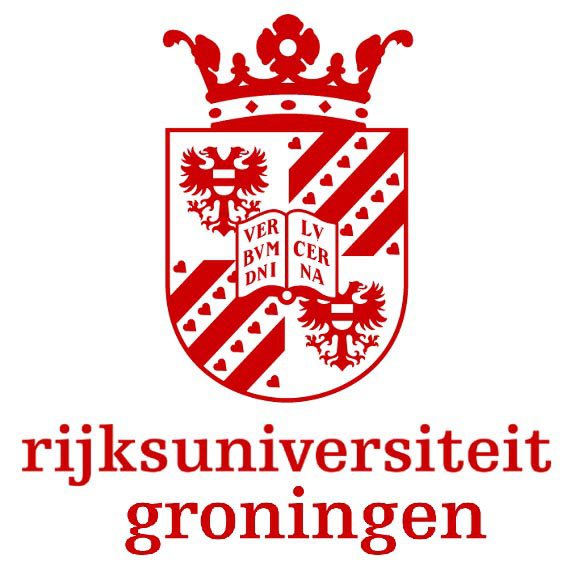 |
Dries S., Brouwer W. Fürmaier A., The theoretical background and practical applications of Whole Body Vibration (2013) |
 |
Lüscher, N., Wirth, B., Van Hedel, H. (2014). Reliability of pressure recordings and validity of a computerized visual perception test. |
Usecases
A great example of a multidisciplinary usecase can be found at RevArte Rehabilitation Centre in Edegem (Belgium), where Prof. Christophe Lafosse et al. developed Visual Neglect and Visual Search tasks, as well as cognitive training modules. Another usecase is the application of the Metrisquare DigiDiag software and tablet during awake brain surgery, were we are very proud on our cooperation with Dr. Marc Hendriks. Below are a few statements of users describing their usecases:
 |
Sandra Eygelshoven, MSc., Clinical Psychologist, Zuyderland Medical Centre in collaboration with the University of Groningen “In a prospective longitudinal cohort study which investigates whether stress is of influence on cognitive functioning and the acceleration of cognitive degeneration in Parkinson’s disease, I am using Metrisquare DiagnoseIS for neuropsychological assessment and measurements of stress. Stress is measured by a stress questionnaire and VAS-scales designed using the DiagnoseIS development module. Participants are enabled to fill out questionnaires at home online during the study. Using DiagnoseIS, the following neuropsychological tests are conducted: Stroop Color Word Test, Concept Shifting Test, Letter-Digit Substitution Test, Verbal Learning Test and the SCOPA-COG battery.” More information… |
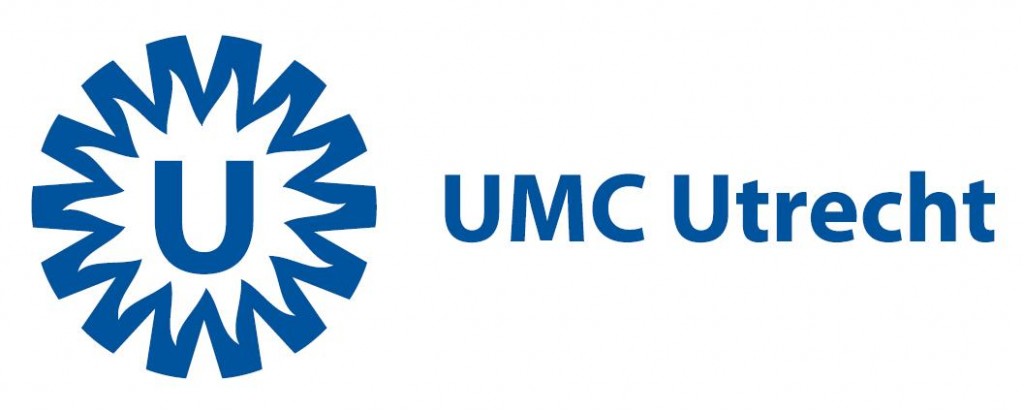 |
Teuni ten Brink, MSc., Cognitive Neuropsychology, Brain Center Rudolf Magnus and Center of Excellence for Rehabilitation Medicine, University Medical Center Utrecht and De Hoogstraat Rehabilitation “For my PhD project I use the Metrisquare DiagnosIS software on a daily basis. Together with Metrisquare we programmed several neglect tasks (cancellation, copying, bisection, landmark task, etc.) and software to present visual stimuli during a prism adaptation procedure for stroke patients with visual neglect. A major advantage of the software is the possibility to extract new variables in retrospect, based on data that is already collected. For example, together with Metrisquare we computed new measures (e.g. enlargements and displacements) to analyze digital drawings.” |
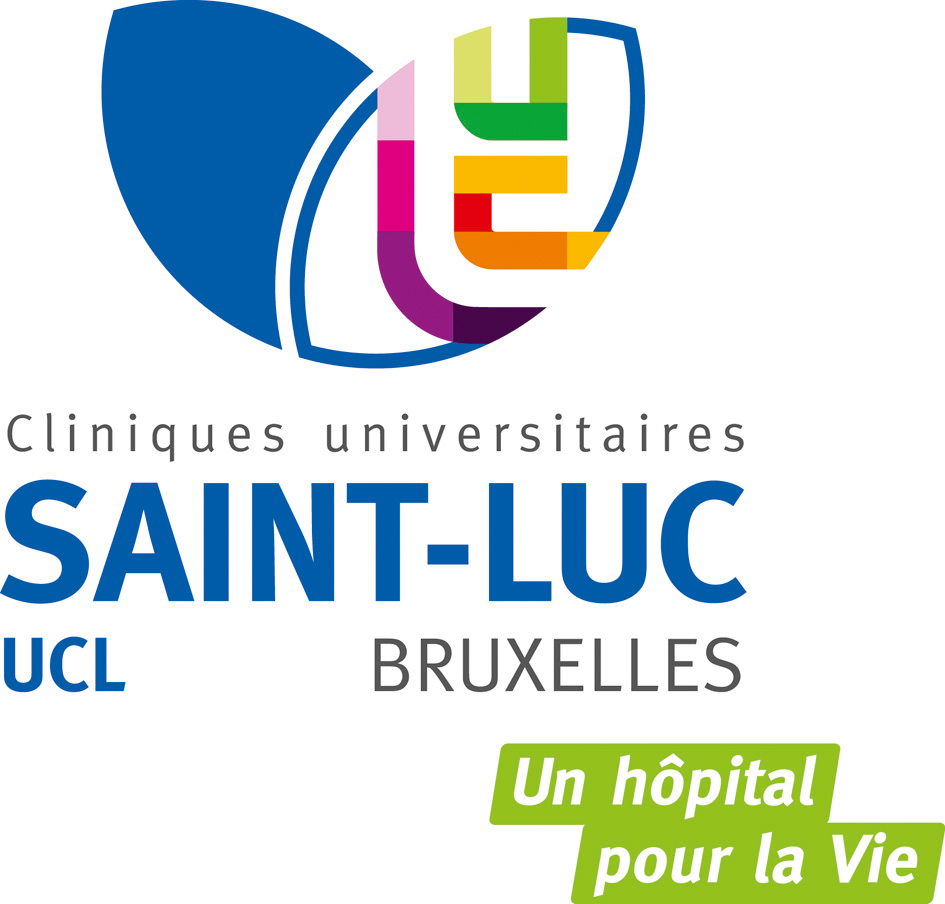 |
Emilie Lacroix, Clinical Neuropsychologist and Researcher, Cliniques universitaires Saint-Luc, UCL “In the context of technical innovation project supported by Foundation Saint-Luc, I proposed to work with Metrisquare DiagnoseIS software to better assess the cognitive skills of deaf children. Indeed, there is not enough effective materials to assess these children. The direct registration system simplifies the tasks of data by reducing the number of operations required by the examinator. The performance of the patient will be treated much more quickly and efficiently from beginning to the end of the evaluation. In addition, the simplification of the conditions for the examinator (via registration and autocorrect) allow better contact with the patient and provide greater freedom of speaking time leading to a better understanding of the problems and more human relationships. Currently, this project has been selected and approved by the commission of the Foundation Saint-Luc. A fundraiser will be held this 18th September 2012 to support this project and many others seen on the website of the Fondation Saint-Luc“ |
 |
Nathalie Vaes, PhD student, Laboratory for Neuropsychology, Ghent University “In the context of a doctoral research project I used DiagnoseIS to develop a visuospatial test battery to measure the effects of prism treatment in stroke patients. Data are collected by means of a pen tablet and reports are generated automatically in Metrisquare DiagnoseIS, which facilitates statistical analyses.” This project resulted in the Ghent Visuospatial Neglect Test Battery. More information… |
 |
Mark van den Bunt, Master student, Neuroscience and Cognition, Utrecht University “Due to the limited possibility of testing epileptic patients with intracranial direct cortical stimulation, it was required to develop a visuospatial task that allows for direct statistical analyses. With Metrisquare DiagnoseIS, I have developed a line bisection task that gives me online feedback of the patient’s performance. This enabled me to gain more statistical power in a more efficient way.” |
 |
Jasper Fabius, Master student, Neuroscience and Cognition, Utrecht University “In my internship with neuropsychologists in the UMC Utrecht, I have developed a task that requires patients to make a reach-to-point movement, to test for optic ataxia. This task is developed using Metrisquare DiagnoseIS and a Wacom tablet. With this test we can now online see how the patient performs, in terms of accuracy and reaction time. Afterwards we can also check for odd movement patterns in a 2D-plane, thanks to the ‘register hovering’ feature in Metrisquare DiagnoseIS.” |
 |
Tinneke Hellinckx, PhD, Experimental, Clinical and Health Psychology, Ghent University “For my PhD project, I was able to program two experiments with Metrisquare DiagnoseIS to get more insight into the mechanisms of movements in children with Autism Spectrum Disorders. Firstly, an aiming task was developed to gain a better understanding of their motor control strategy. Secondly, a visuomotor adaptation task was programmed to evaluate their abilities to update an internal model. By using DiagnoseIS, combined with a WACOM tablet, data was collected and automatically processed into valuable movement parameters, on which statistical analyses could be conducted.” |
 |
Stefanie de Vries, MSc., Groningen University Developed and researches a test battery which consists of 11 tests to screen for visual perceptual disorders after acquired brain injury (ABI). In her reference letter, she writes: “The Metrisquare solution allowed us to implement a test battery that can be widely distributed in clinical practice. Raw data of test performance on this battery are processed by creating clinical reports, providing interpretative norms, tables, and graphs for visualization. This offers clinicians insight in possible deficits and provides directions for more elaborate assessment.” More information… |
There are many more partners we are very grateful to for their cooperation in research projects and for the tests they have created and shared.
